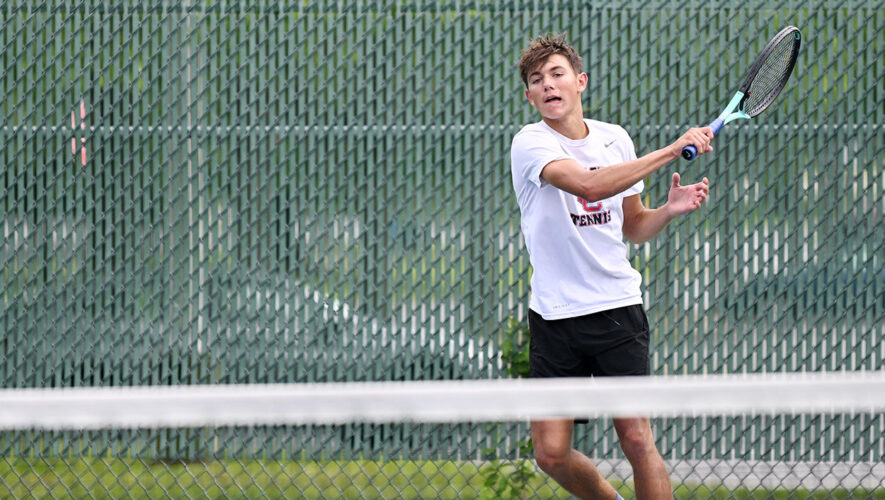ROBBINSVILLE – The official start of the fall sports season is being pushed back by approximately one month, with summer workouts for high school student-athletes – which may begin on July 13 – continuing until Aug. 28. Following summer workouts there will be a two-week hiatus from Aug. 29 through Sept. 13, during which only virtual meetings will be permitted, and only related to in-season sports.
Under the current plan – developed by the NJSIAA Sports Advisory Task Force, which is composed of athletic directors from across the state – official practices for all fall sports may commence on Sept. 14. Competition will start Sept. 28 for girls tennis and on Oct. 1 for all other sports except football, which will kick off its season on Oct. 2.
Regular seasons will conclude on Oct. 23 for girl’s tennis, Nov. 7 for football, and Nov. 12 for all other fall sports. Limited postseason play will run from Oct. 24 through Oct. 31 for girls tennis, and Nov. 13 through Nov. 22 for all other sports. Schools that do not participate in the postseason may continue to play until Nov. 22, with the exception being Thanksgiving football games. These are permissible after Nov. 22, at each school’s discretion. No other fall sports competitions will be allowed after Nov. 22.
“High school sports are school-based, so we need to first ensure all is in order with the opening of our schools,” Colleen Maguire, NJSIAA chief operating officer, said. “After that, we can begin playing sports. To be clear, our goal is to return to play – while making sure that health, safety, emotional well-being, and academics come first. We have a different model than some other types of programs that are far smaller in scale and operate independently. We have a duty to ensure that New Jersey’s schools and their more than 1.5 million students and teachers, including 283,000 high school student-athletes, can first return to school and their academics, and then participate in extracurricular activities like sports.
The NJSIAA Sports Advisory Task Force has identified the following eight guiding principles that will drive the decision-making process.
1. Ensure the health and safety of all student-athletes.
2. Re-engage all student-athletes as soon as possible for their social, emotional and mental well-being.
3. Maximize participation across all sports and all student-athletes.
4. Keep competition as local as possible for as long as possible.
5. Develop multiple return to play models to minimize the risk of a cancelled season.
6. Maintain the ability to pivot to back-up plans when deemed necessary.
7. Minimize potential impact on the spring season.
8. Minimize the importance of postseason, statewide championships.
In a memo to NJSIAA member schools, the NJSIAA Sports Advisory Task Force said: “This plan is the first model to be provided in what will be a series of return to play models that will be in place for the 2020-2021 school year. The goal of the task force is to identify multiple back-up models that will be available as both school-related and health-related circumstances evolve.”
The memo went on note: “This plan is intended to allow schools and leagues and conferences to start planning for a fall sports season. We all recognize the fluidity of the COVID-19 pandemic and realize the circumstances are changing regularly. We will provide updates to all potential plans as timely as possible to ensure schools and leagues and conferences have time to adapt to any pivots to a different return to play model.”
New Jersey’s various scholastic leagues and conferences are strongly encouraged to revise schedules to emphasize local competition and minimize the number of different schools that come in contact with each other. Smaller divisions of schools for competition purposes is encouraged in order to facilitate communications and scheduling.



